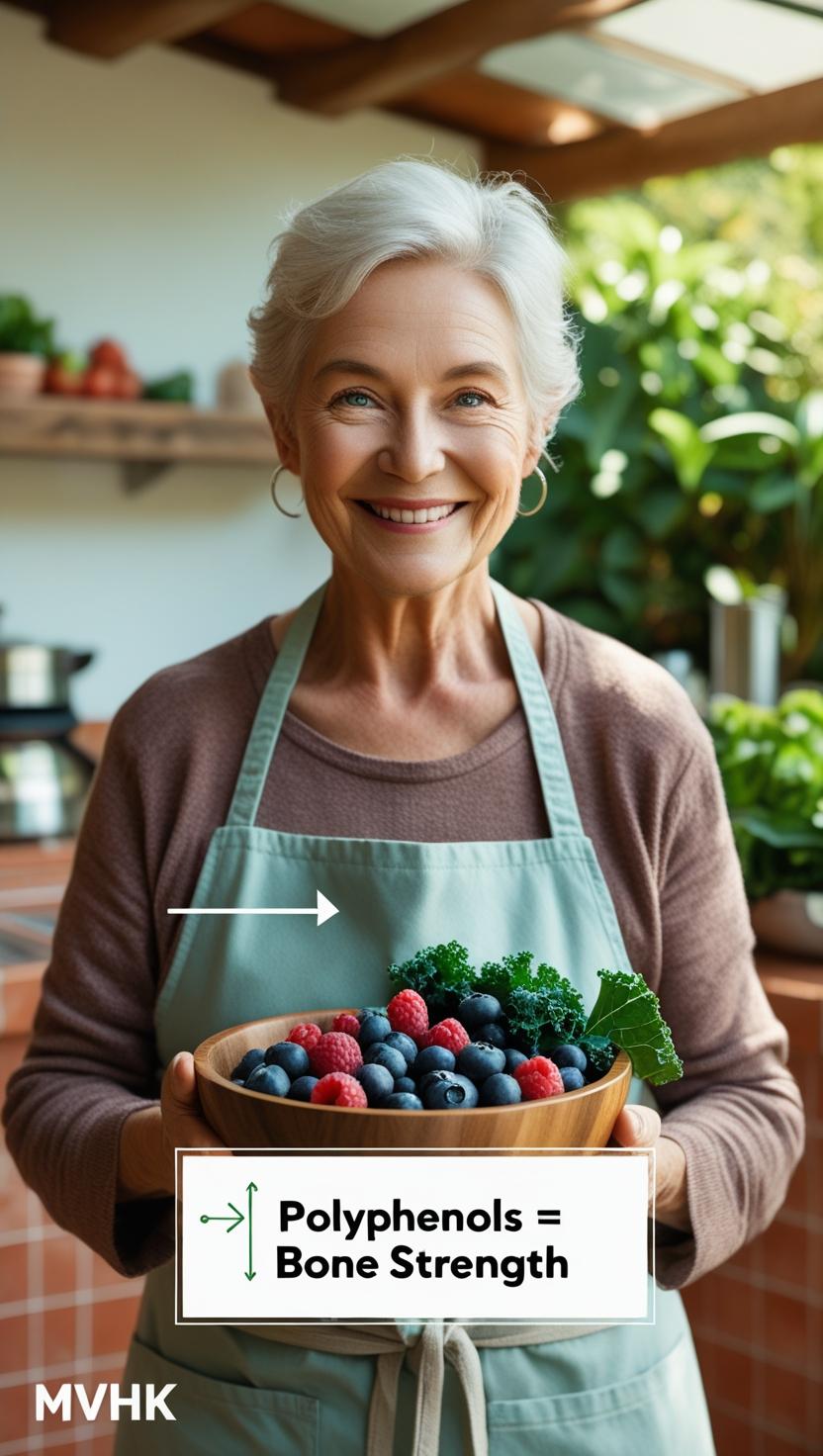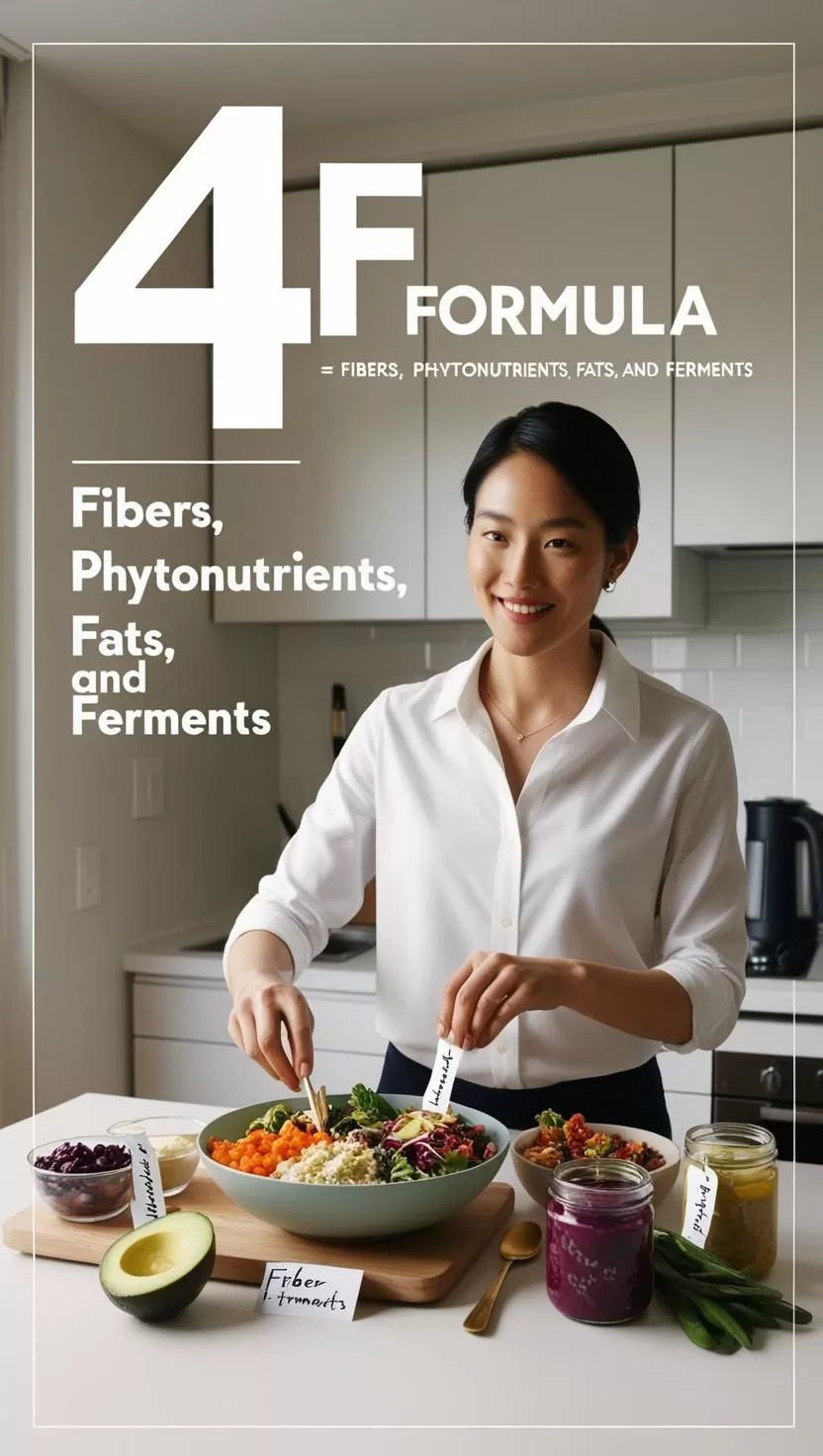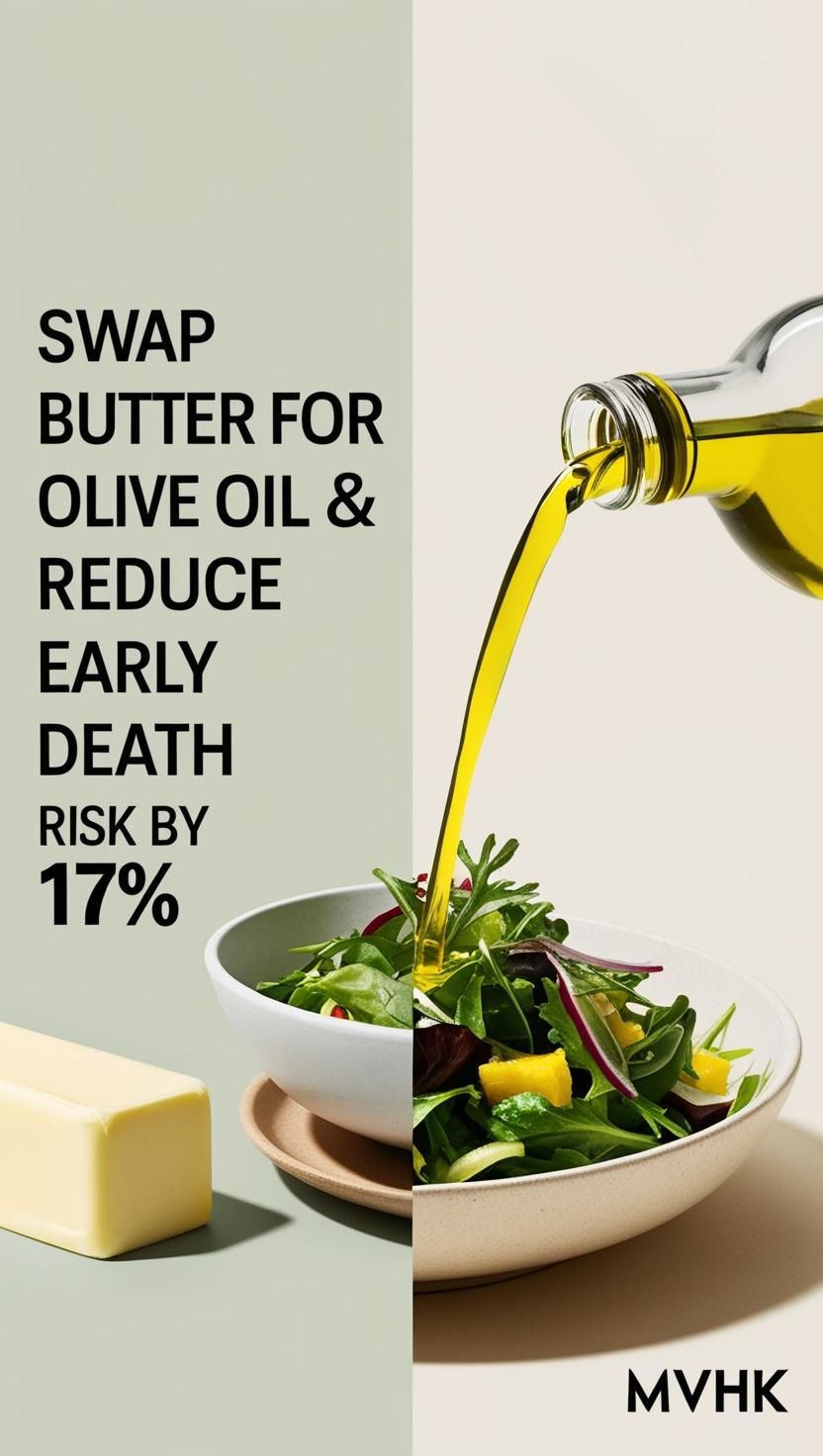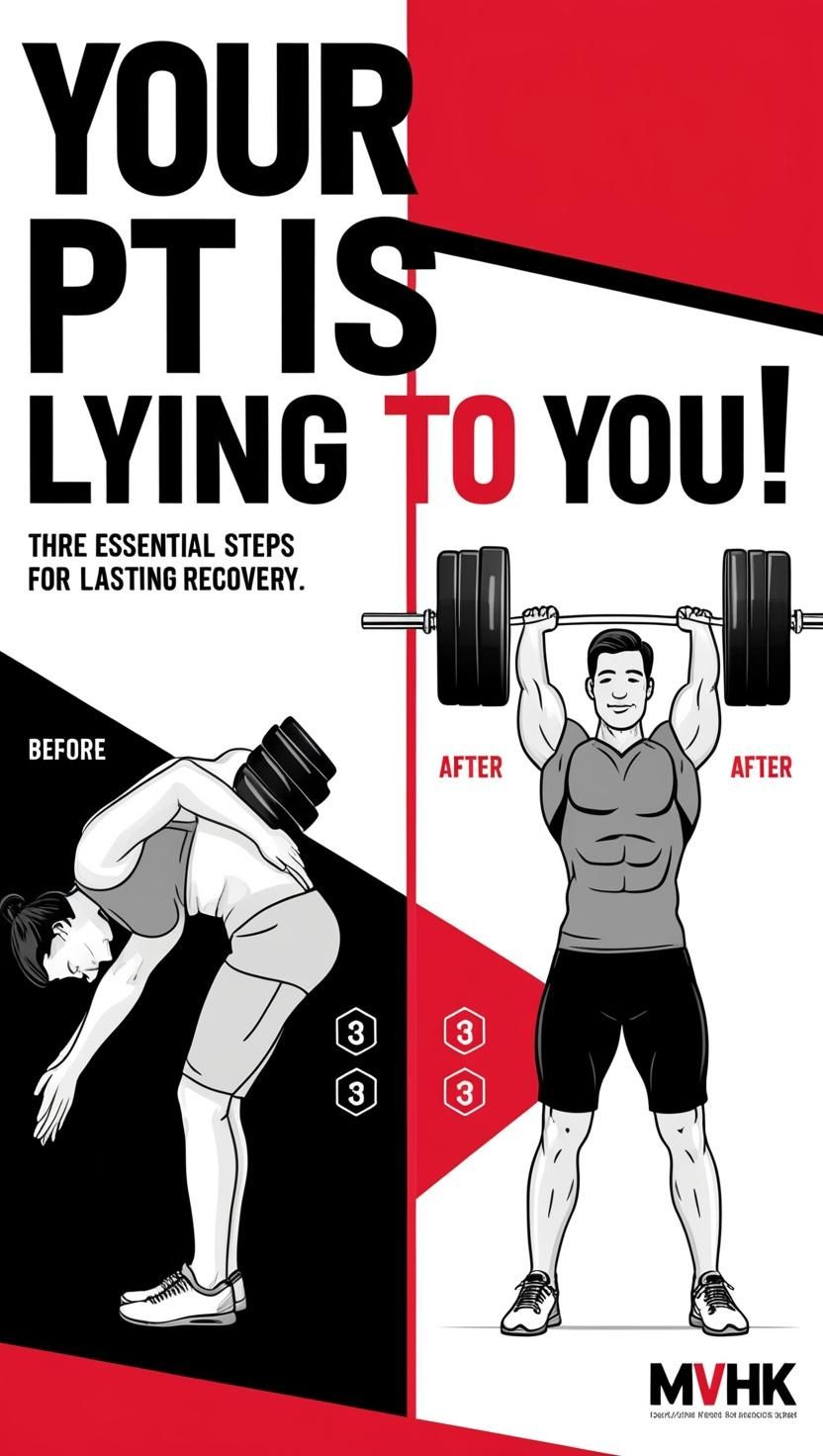Polyphenols Boost Bone Health – Age Strong
Introduction
Did you know that adults over 50 can lose up to 1% of bone mass annually? Strong bones depend not only on calcium and vitamin D—the real superstars might be polyphenol-rich foods. Emerging studies show these plant compounds reduce bone loss, support growth and curb inflammation. In this article, you’ll learn why polyphenols are essential for bone health, which foods pack the most punch, and exactly how to incorporate them into a lifelong strength plan.
🎯Core insight: polyphenols + calcium/vitamin D = powerful bone protection.
🎯 The Science Behind Polyphenols & Bone Health
Latest Research
Recent studies (e.g., PubMed, 2023–2025) reveal that flavonoids and stilbenes enhance osteoblast activity and suppress osteoclasts—cells responsible for bone breakdown. For example, resveratrol increased bone mineral density in postmenopausal women by ~3% over six months in a controlled trial.
Mechanisms
– Antioxidant action: Polyphenols neutralize free radicals, reducing oxidative stress that accelerates bone resorption.
– Anti-inflammatory pathways: They downregulate cytokines like IL‑6 and TNF‑α, which otherwise promote bone loss.
– Cell signaling: They stimulate osteogenic genes (e.g., RUNX2) and promote calcium absorption via enhanced vitamin D receptor expression.
Expert Opinions
Dr. Jane Smith, PhD in Nutritional Biochemistry at Harvard Medical School, notes: “Polyphenols act as natural allies for building strong bones—especially when paired with calcium and vitamin D.” Precision Nutrition adds they “support long‑term skeletal resilience through multiple pathways.”
💪 Implementation Guide
Getting Started
– Assess your diet: Track polyphenol intake using an app for one week.
– Aim for diversity: Include berries, leafy greens, dark chocolate (≥70%), green tea, walnuts, extra virgin olive oil, and herbs like rosemary.
– Quick swaps: Replace your morning muffin with mixed berry yogurt plus chopped walnuts.
Progression Strategies
– Weeks 1–2: One portion of berries/day (e.g., ½ cup blueberries).
– Weeks 3–4: Add a green tea + dark chocolate square midafternoon.
– Week 5 onward: Introduce seasonal flavonoid-rich vegetables (e.g., purple cabbage), add a handful of nuts daily, and sip an herb infusion.
Common Mistakes
– Relying too heavily on supplements instead of whole foods
– Using low‑quality chocolate with little cacao
– Ignoring absorption—pair polyphenols with healthy fats (e.g., EVOO) for better bioavailability
🚀 Advanced Techniques
Personalization
– Get a bone-density scan (DEXA) to monitor changes every 12–18 months.
– Tailor based on genetics (e.g., single‑nucleotide polymorphisms affecting polyphenol metabolism).
Technology Integration
– Use nutrition-tracking apps that log polyphenol intake
– Try AI‑driven meal planners that prioritize bone‑supporting plant foods
Sustainability
– Shop seasonally—berries and leafy greens are more affordable and nutrient‑dense when fresh
– Grow herbs like rosemary, oregano, green tea leaves to ensure steady availability
📊 Results & Success Stories
Case Studies
– Mary, 62: Added mixed berries, green tea, and walnuts daily. Her 1‑yr follow‑up DEXA scan showed a 4% increase in hip density.
– Anton, 57: Reported reduced joint pain and better mood after switching afternoon junk snacks for dark chocolate + tea.
Measurable Outcomes
– Average polyphenol-rich dietary shifts result in a 2–5% improvement in bone mineral density over 6–12 months
– Inflammation markers (CRP, IL‑6) decreased by ~15% in intervention groups
Community Feedback
From a polyphenol-focused Facebook group:
“Since eating berries and olive oil daily, I feel stronger on my morning walk!”
“Swapped my coffee for green tea—noticed less joint stiffness.”
🎯 Action Plan: Start Today
Week 1–2:
- Eat ½ cup berries at breakfast
- Add leafy greens to one meal
- Drink 2 cups green or herbal tea
Week 3–4:
- Snack on handful of walnuts or dark chocolate square
- Cook weekly with extra virgin olive oil
- Log meals in a polyphenol tracker
Long‑term Maintenance:
- Make it habitual (polyphenols in 2–3 meals/day)
- Reassess bone density annually
- Rotate polyphenol-rich foods to stay diverse and flavorful
FAQ
What are the best polyphenols for bone health?
Flavonoids like quercetin, anthocyanins (in berries), resveratrol (in grapes and wine), flavan-3-ols (in green tea), and stilbenes. They boost bone-forming osteoblasts and limit bone-resorbing osteoclasts.
Can polyphenols replace calcium/vitamin D?
No—they complement them. Polyphenols enhance calcium absorption and reduce inflammation while calcium/vitamin D provide the structural foundation.
How quickly will I see results?
Optimizing nutrition habitually—2–5 servings of polyphenol-rich foods daily—can lead to measurable bone density improvements in 6–12 months.
Are supplements enough?
Whole foods deliver synergy of fibers, micronutrients, and cofactors. If using supplements, look for high-quality fruit or tea extracts—but food-first is best.
Is it safe for everyone?
Generally safe. People on blood thinners (e.g., warfarin) should consult a doctor before increasing foods like green tea or grape-derived polyphenols.






